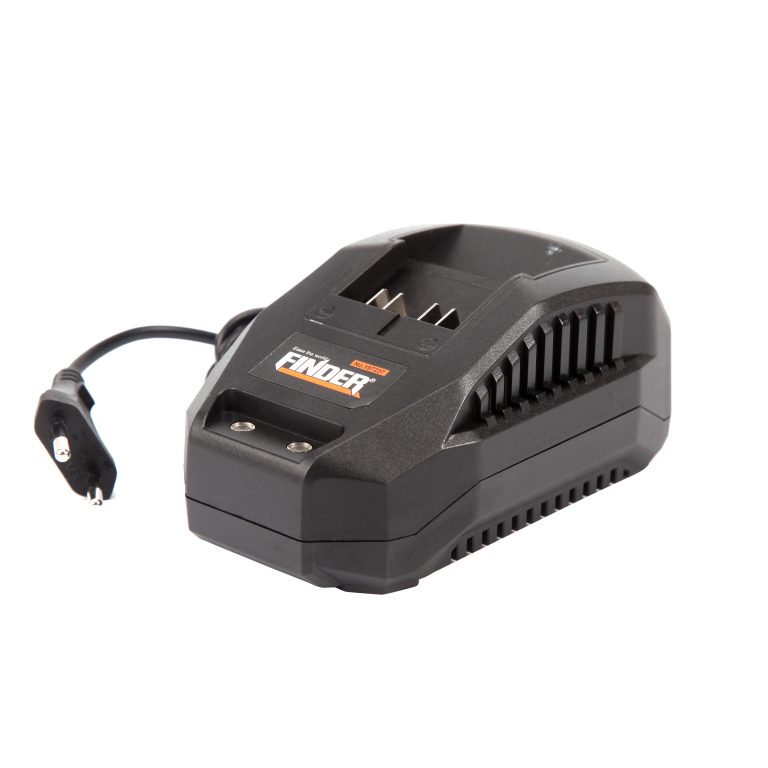A battery charger, also known as a battery charging dock. A battery charger is an electronic device used for charging rechargeable batteries in electric vehicles, power tools, laptops, digital and small portable electronic devices, and electronic appliances. It generally consists of a casing, power conversion part, charging detection part, charging protection part, etc. Its output type is pure DC or pulsating DC. According to the connection method, it can be divided into wall mounted and desktop mounted. According to the type of battery being charged, it can be further divided into nickel cadmium battery chargers, nickel hydrogen battery chargers, nickel zinc battery chargers, lead-acid battery chargers, lithium battery chargers, and lithium iron phosphate chargers.

Battery chargers can be divided into wall mounted and desktop based on their connection methods.
According to the type of rechargeable battery, it can be divided into nickel cadmium battery charger, nickel hydrogen battery charger, nickel zinc battery charger, lead-acid battery charger, lithium battery charger, etc.
According to the functions of the charger, it can be divided into dedicated chargers and universal chargers.
When using it, it is generally necessary to first select the corresponding charger type, protection type, output voltage, and current specifications based on the type and voltage of the self charging battery, and then according to the voltage of the city network
Select a charger that meets the corresponding input conditions. It is best to choose a fully intelligent battery charger.
To prevent overcharging of the battery, it is necessary to control the charging endpoint. When the battery is fully charged, there will be some special information available to determine whether the charging has reached the endpoint. There are generally six methods to prevent the battery from being overcharged:
1. Peak voltage control: Determine the charging endpoint by detecting the peak voltage of the battery;
2. dT/dt control: Determine the charging endpoint by detecting the rate of change in battery peak temperature;
3. T-control: When the battery is fully charged, the difference between the temperature and the ambient temperature will reach its maximum;
4. – V control: When the battery is fully charged and reaches a peak voltage, the voltage will decrease by a certain value
5. Timing control: Control the charging endpoint by setting a certain charging time, generally setting the time required to charge 130% of the nominal capacity to control;
6. TCO control: Considering the safety and characteristics of the battery, high temperature charging (excluding high-temperature batteries) should be avoided. Therefore, charging should be stopped when the battery temperature rises to 60 OC.
You can choose FINDER brand batteries for charging, with guaranteed product quality and customized services tailored to different countries and regions.
